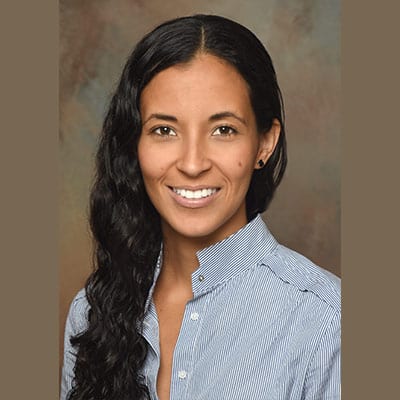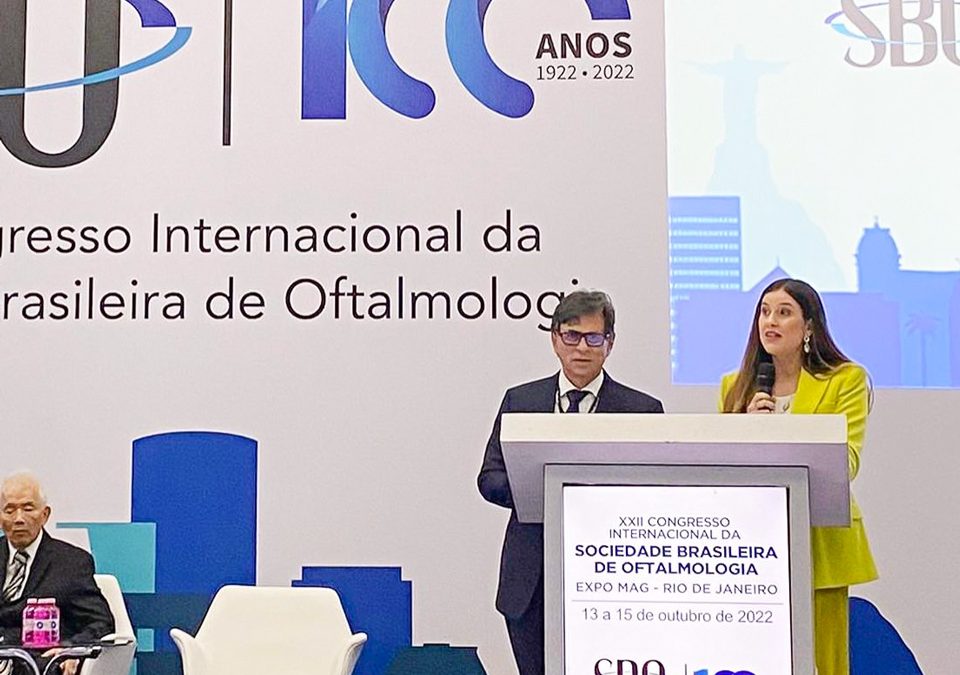
OR Team receiving a patient before surgery at Star Médica Hospital Infantil Privado (OR Team en otro mail)
How to apply what you’ve learned abroad

Training overseas will be the most enriching experience in your career. However, not all the things you will have learned will necessarily translate to your real-life practice back home. This means that you will have to improve your practice to provide world-class care.
After my vitreoretinal fellowship in Mexico City, I spent 13 months with Dr. Audina Berrocal at the Bascom Palmer Eye Institute for Pediatric Retina training. Retinopathy of Prematurity is a good example of how to apply what you’ve learned abroad.
In Mexico City, I work in a third level ophthalmological referral center. There, unfortunately, we receive many patients with advanced ROP (stage 4 or 5) as many Neonatal Intensive Care Units lack ROP screening programs. In Miami at the Jackson Memorial Hospital, ROP rounds are undertaken weekly. Every Tuesday, ten to 20 babies are screened for ROP. During the entire year, no patient required anything else besides intravitreal injections or laser in very few selected cases. To make this possible, you need an amazing team. In this case, it was the attending (Dr. Berrocal), the Vitreo-Retinal fellow, me, the program coordinator, the NICU nurse in charge of detecting when and how often those babies that needed to be screened and the perfect NICU care, where sometimes there was one nurse per one or two babies.
When I returned to Mexico City, I realized that there is not enough budget to have a NICU nurse in charge of an ROP screening program. Also, the reality at the NICU in Mexico City is completely different where there are at least seven babies per nurse, if not more, and oxygen blenders that cannot control oxygen input. The lack of resources and education worsen the prognosis. Some babies need to be transported to receive their eye exam. Social security and public health services are not enough to cover these expenses. We sometimes rely on donations so patients without resources can get their intravitreal injections. Most of the administrative work has to be done by us, the physicians, which slows down the process and the number of patients we can serve.

You only need to be convinced of your purpose and many people will engage with you to improve care…

My colleague and mentor, Dr. Maria Ana Martínez Castellanos, and I are also offering Telemedicine programs for ROP.
Practicing in Latin America usually requires us to be in academic centers as well as in private practice. In my private practice I have implemented technology for pediatric retina pathology as well. Being able to practice in the Asociación para Evitar la Ceguera en México (APEC) and in my private practice within a pediatric private hospital (Star Médica HIP) have allowed me to put into practice my knowledge acquired here and overseas for all patients regardless of their socioeconomical status.
It is vitally important to learn from the best mentors, in ideal program settings, to improve your own environment. You only need to be convinced of your purpose and many people will engage with you to improve care and create a world-class ophthalmic center.
Dra. Linda Alejandra Cernichiaro Espinosa
Oftalmología. Retina y Vítreo, Retina Pediátrica, Retinopatía del Prematuro, Tamiz visual y Retinoblastoma
Oftalmología Integral & RetinaKids Mx
Star Médica HIP Consultorio 105
Adscrito Servicio Retina y Vítreo- Unidad de Retina Pediátrica
Asociación para Evitar la Ceguera en México, I.A.P.

Fluorescein angiogram of a Retinoblastoma group C (IIRC) before Intraarterial chemotherapy (Image OS2089FA- anexa aquí)
More Articles

New PAAO-YO Chairs
Introducing the new PAAO-YO Chairs:
Dr. Linda Cernichiaro and Dr. Eduardo Viteri Solórzano.

Camila Ventura – President, XXII Congress of the Brazilian Society of Ophthalmology
Dr. Camila Ventura was president of the XXII Congress of the Brazilian Society of Ophthalmology

PAAO-YO Info: 5 Tips To Get Your Paper Published
These are my tips on how to achieve the sometimes frustrating and time consuming goal of publishing your hard work...